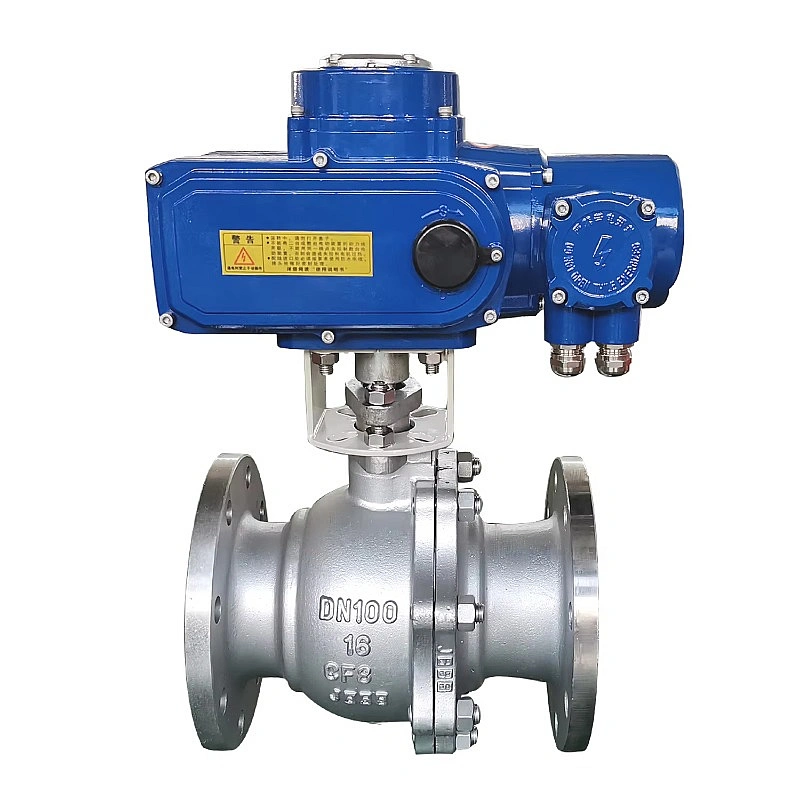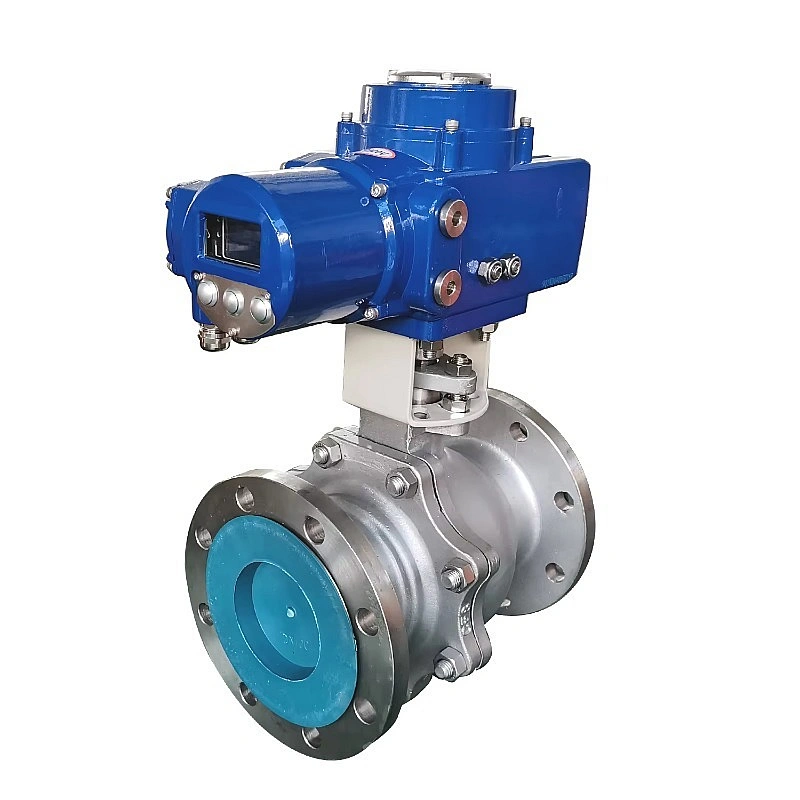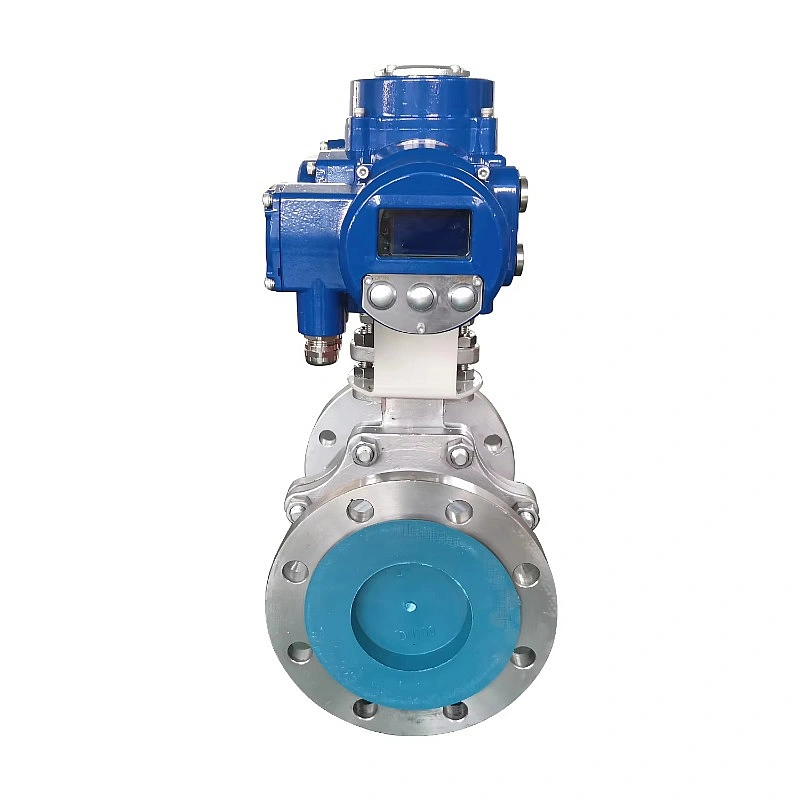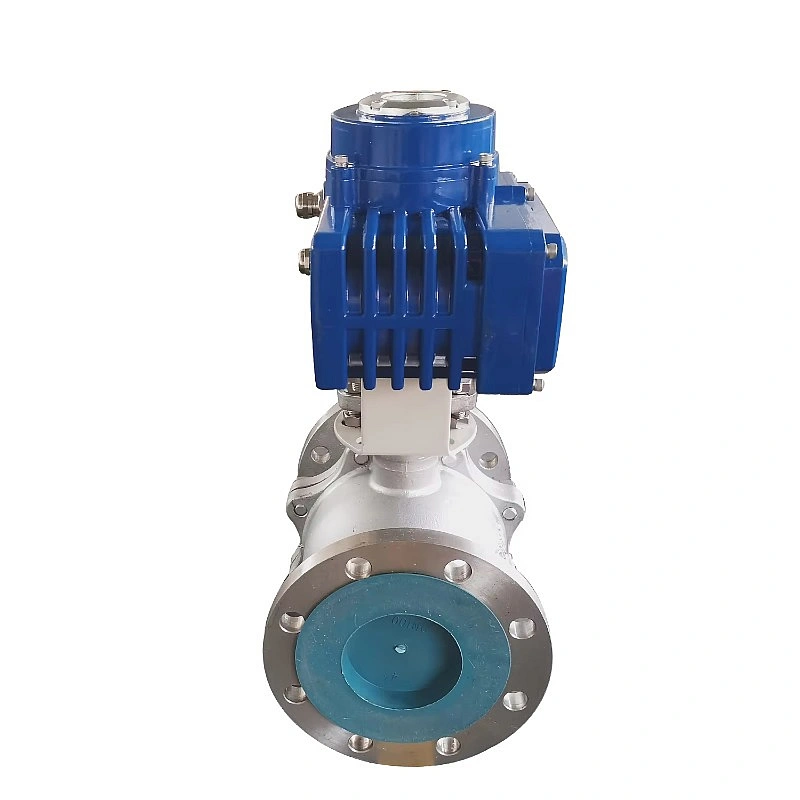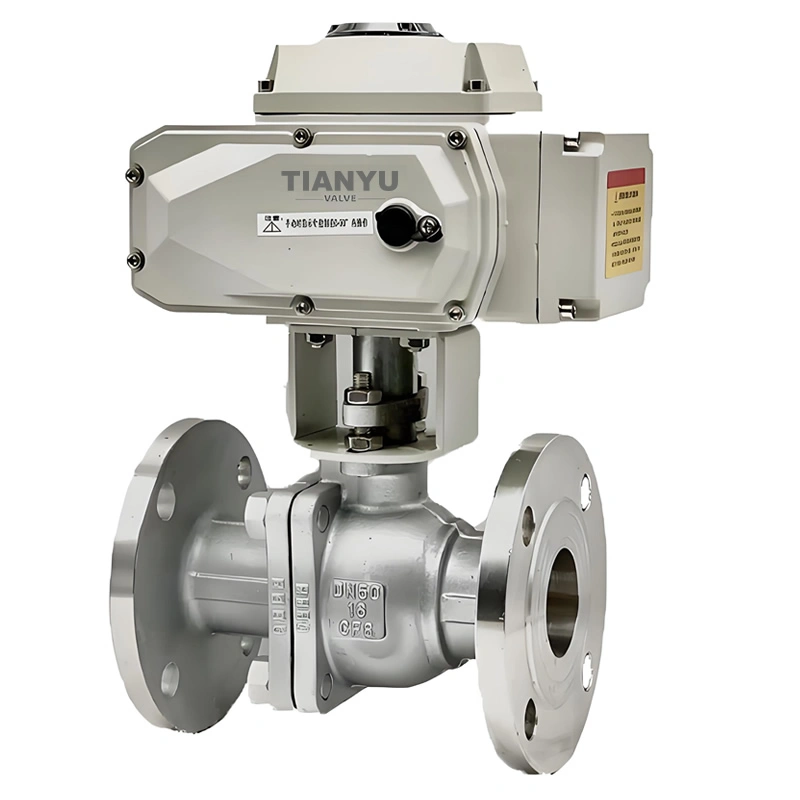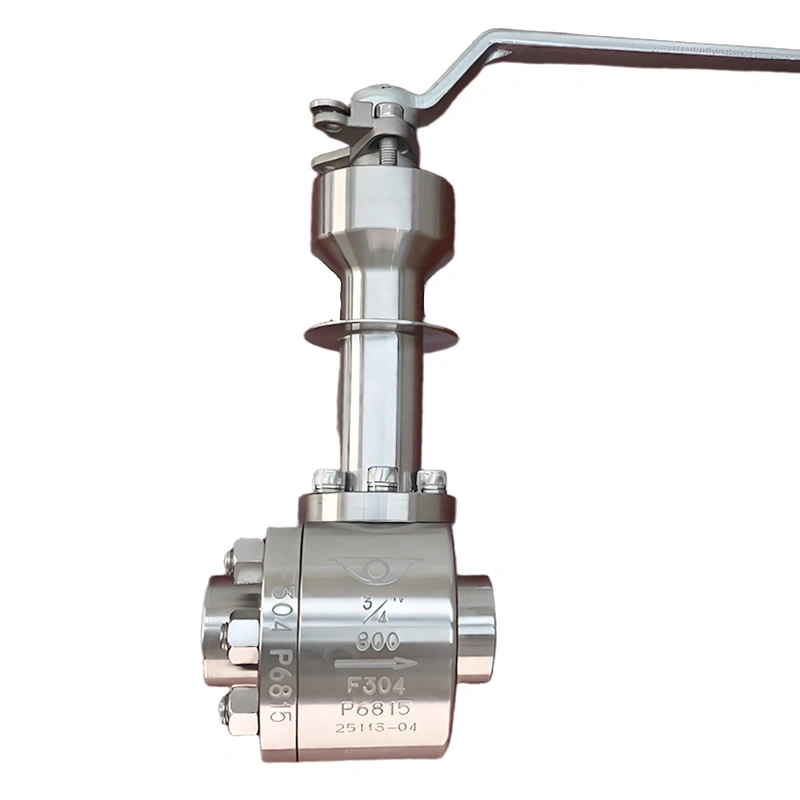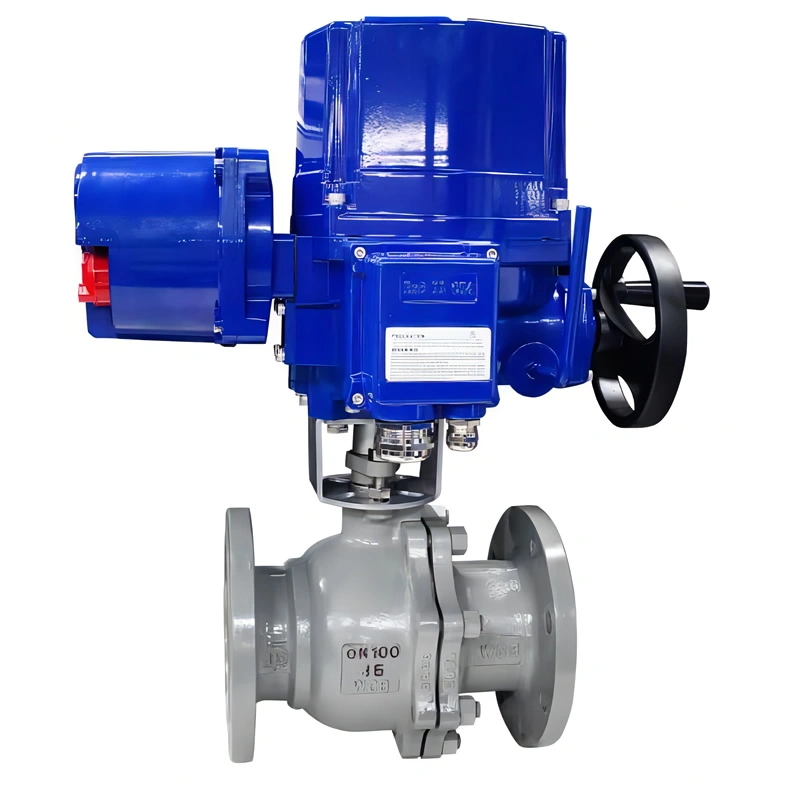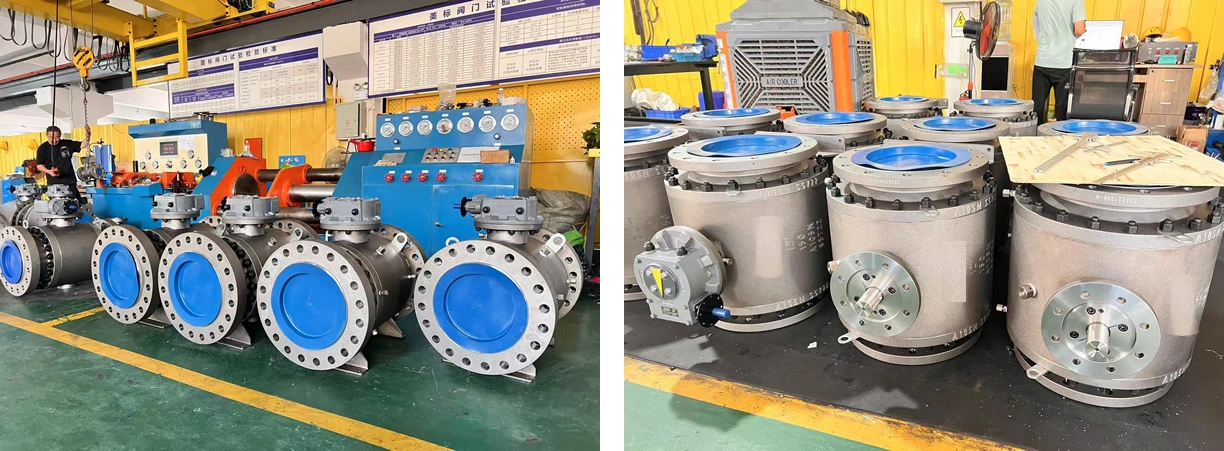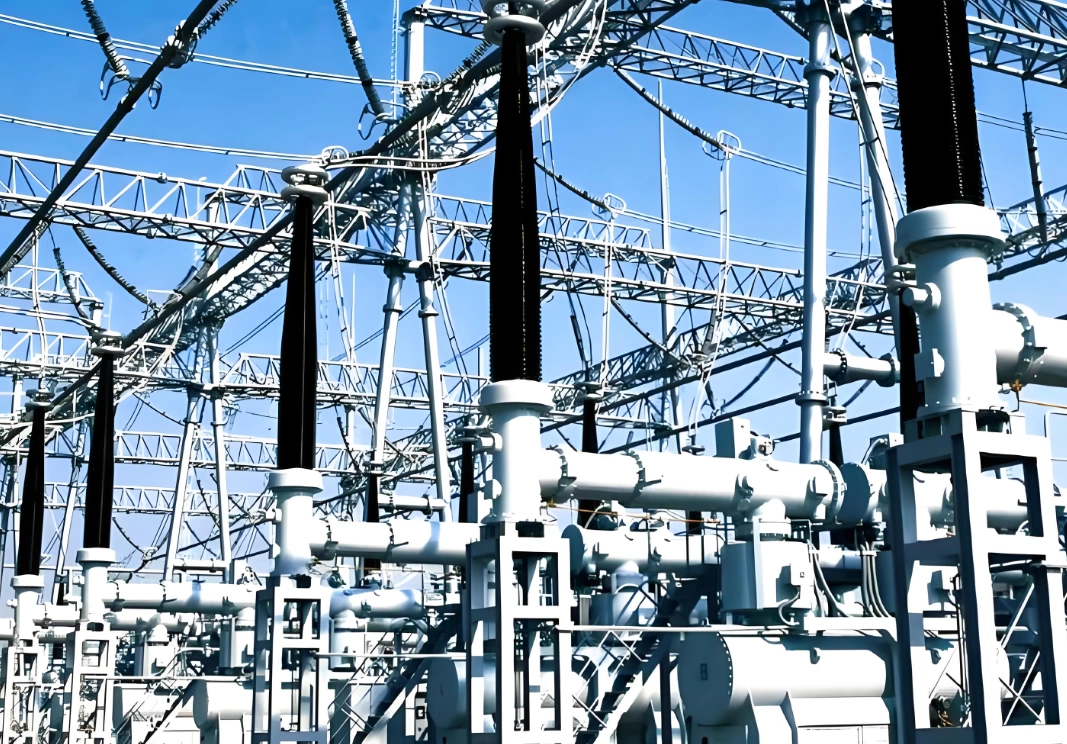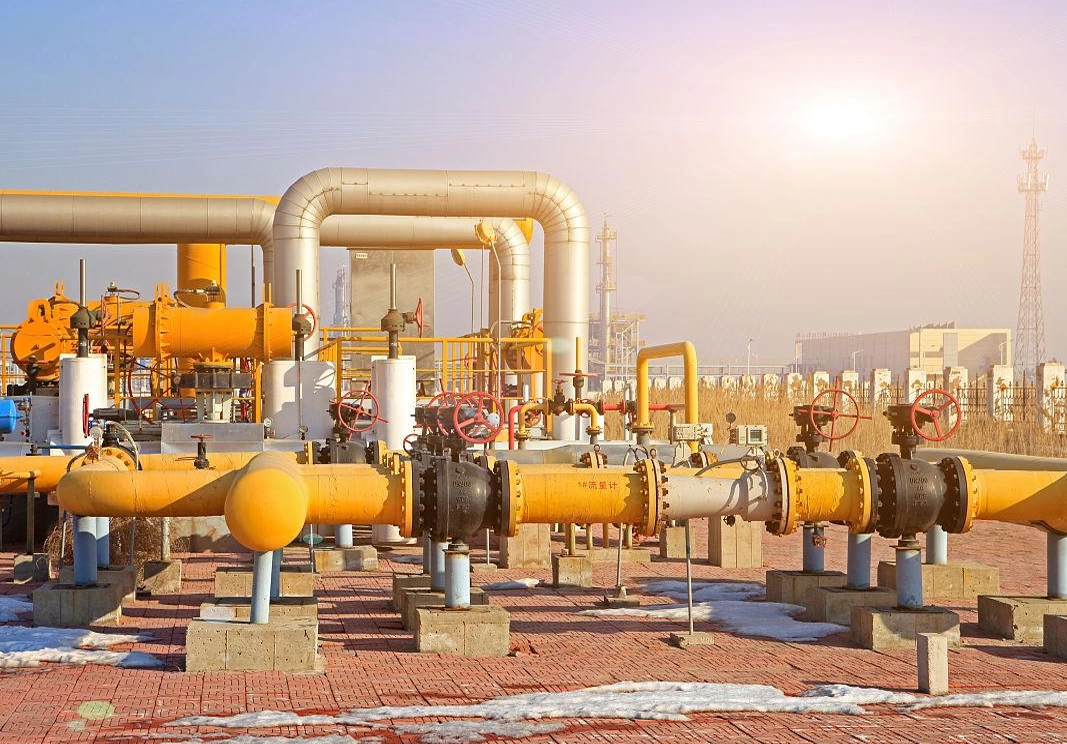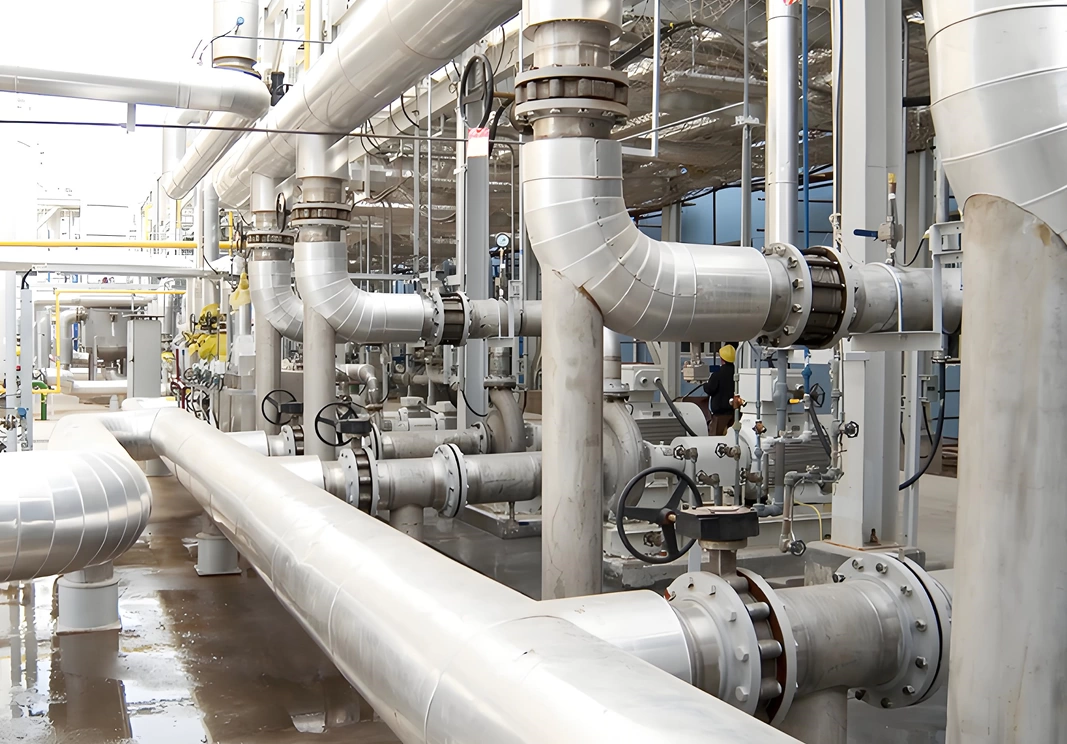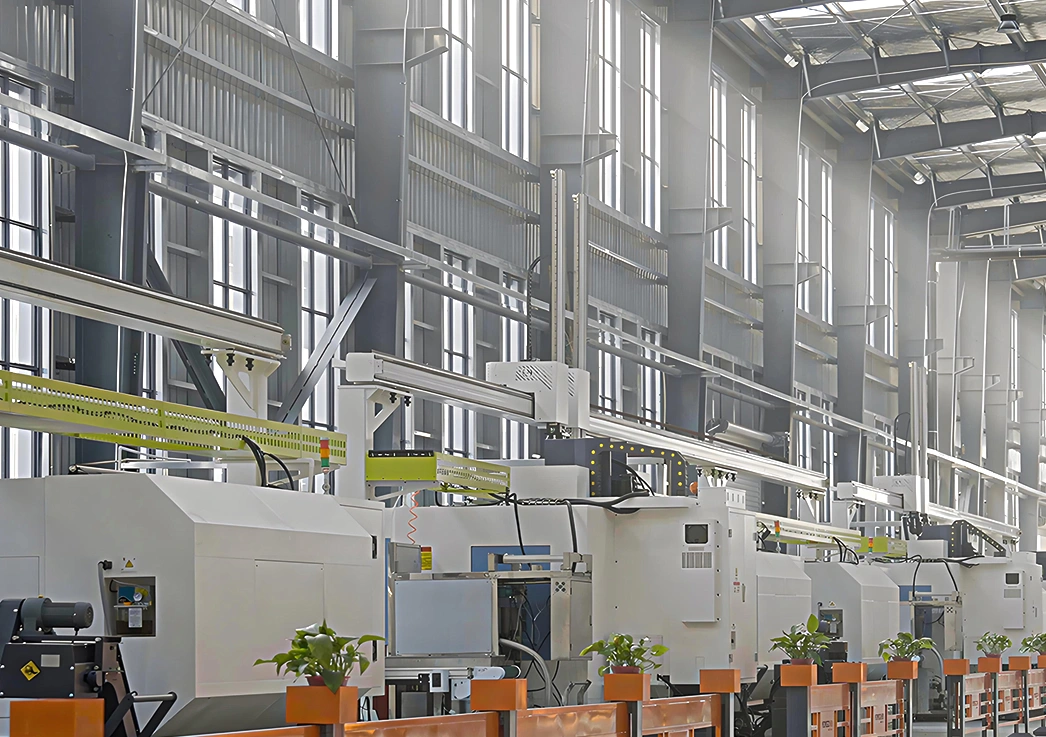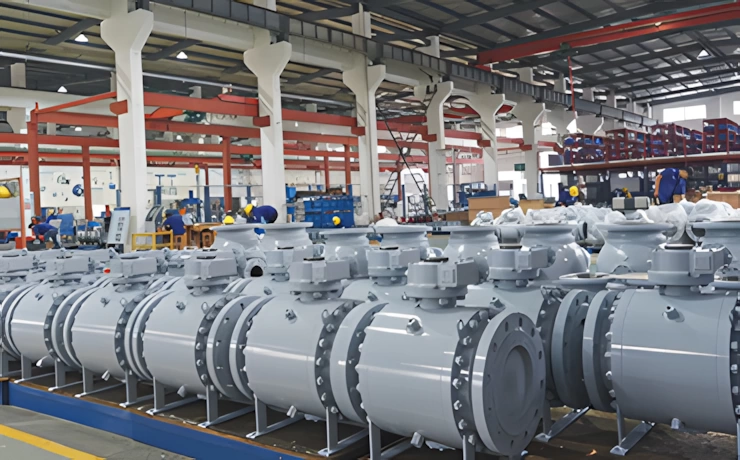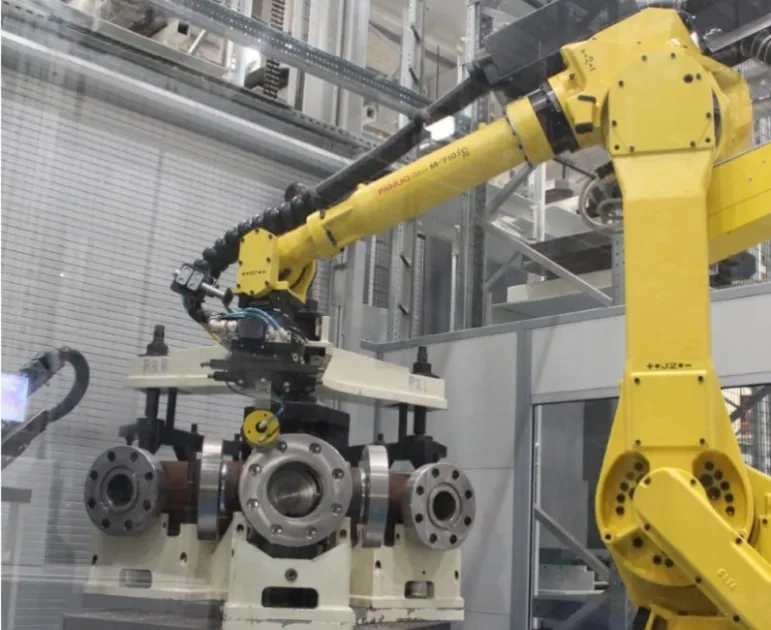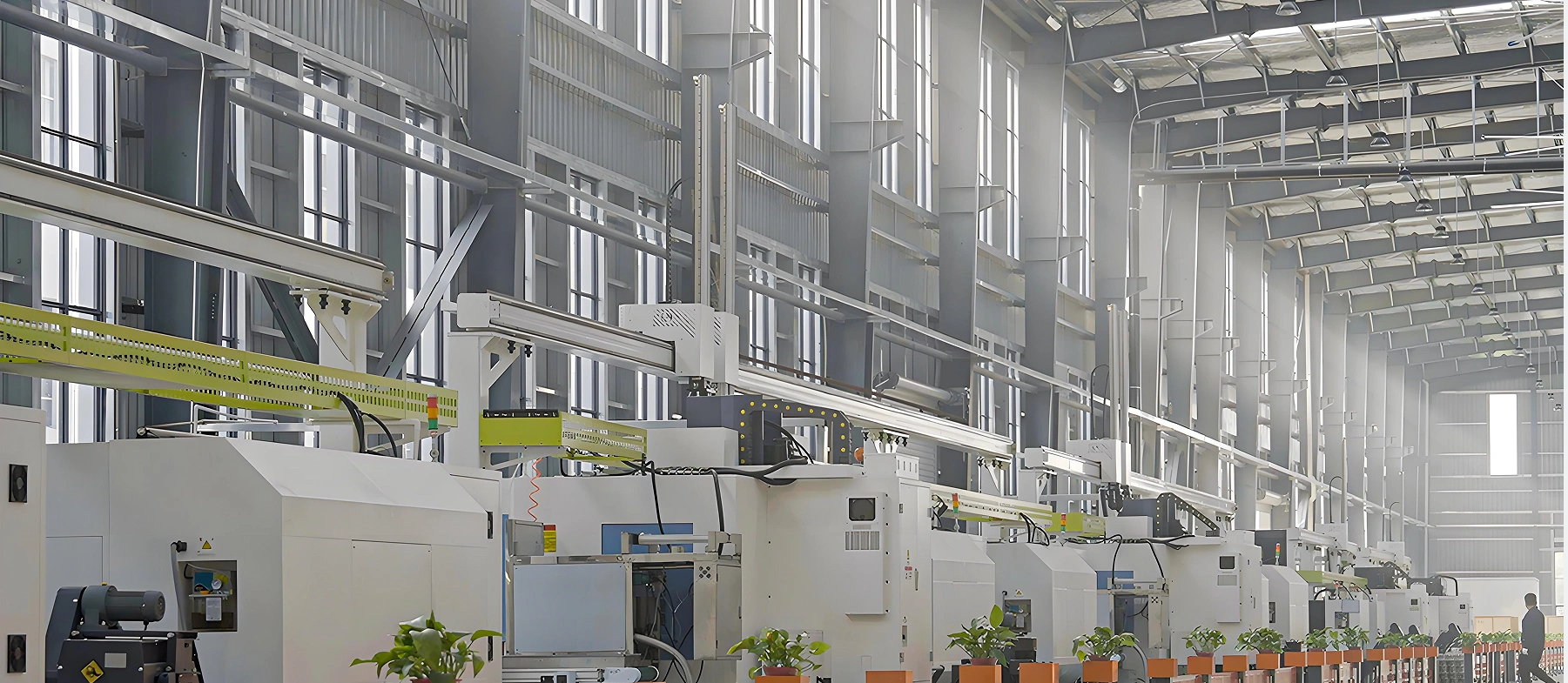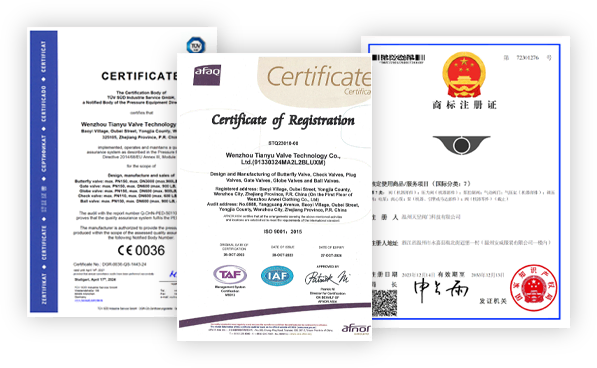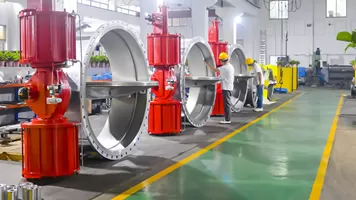The integrated electric actuator enables automated and remote control, eliminating manual labor and reducing operational errors. In chemical processing plants, for example, the valve can be programmed to open/close based on process parameters like fluid pressure or temperature, ensuring precise control without human intervention.
The actuator’s torque output is matched to the valve’s requirements, ensuring smooth operation of the DN100 PN16 valve. Adjustable speed settings (from slow to fast actuation) allow customization to match process dynamics—fast actuation for emergency shut-offs and slow actuation for controlled flow modulation. Position feedback capabilities (e.g., 4-20mA signal) enable real-time monitoring, critical for process optimization in complex industrial systems.
CF8 stainless steel (304 equivalent) is selected for its exceptional corrosion resistance and mechanical properties, making it ideal for industrial environments. In applications involving water, steam, or mild chemicals, the valve’s body and ball resist pitting, crevice corrosion, and general corrosion, extending service life by 2-3 times compared to carbon steel valves.
In seawater desalination plants, for instance, CF8 valves maintain integrity for over 10 years, while carbon steel valves corrode within 2-3 years. The material’s thermal stability also ensures consistent performance at temperatures up to 200℃, suitable for hot oil or steam applications.
The full-port design ensures the ball’s bore diameter matches the pipeline’s inner diameter, minimizing pressure drop across the valve. This is particularly beneficial for energy-intensive applications like pumping systems, where reducing pressure loss directly translates to energy savings. For a DN100 pipeline, the full-port design reduces pressure drop by up to 30% compared to a reduced-port valve, lowering pump energy consumption significantly.
Additionally, the full-port design prevents media buildup and clogging, a critical advantage for handling fluids with suspended particles or viscous media. In wastewater treatment plants, this feature ensures reliable operation without frequent maintenance or cleaning.
The reinforced PTFE seats deliver ANSI/FCI Class VI leakage performance, meaning “bubble-tight” sealing with virtually no media loss. PTFE’s chemical inertness ensures compatibility with a wide range of media, including acids, alkalis, oils, and solvents, making the valve suitable for diverse chemical processing applications.
Even under cyclic operation and temperature fluctuations, the PTFE seals maintain their elasticity and sealing integrity. In petrochemical plants handling refined oil, the seals show no measurable leakage after 10,000 cycles, demonstrating long-term reliability.
The manual override feature ensures the valve can be operated during power outages or actuator failures—a critical safety measure for process-critical applications. In power plant cooling water systems, for example, operators can manually close the valve to prevent overheating during electrical outages.
Built-in thermal overload protection prevents the actuator motor from burning out due to excessive torque (e.g., if the valve jams), while optional explosion-proof certification allows use in hazardous environments such as oil refineries or gas processing plants.
- CF8 Stainless Steel Verification: Raw material billets undergo spectral analysis to confirm chemical composition (Cr: 18-20%, Ni: 8-10.5%) and ultrasonic testing to detect internal defects. Mechanical testing (tensile, impact) ensures compliance with ASTM A351 standards.
- Seal Material Testing: PTFE seals are tested for compression set, tensile strength, and chemical resistance at operational temperatures (-20℃ to 200℃) to ensure long-term performance.
- Casting: The valve body and ball are produced via investment casting for CF8 stainless steel, ensuring dimensional accuracy and a smooth surface finish. Castings are heat-treated (solution annealing) to restore corrosion resistance and mechanical properties.
- Machining: CNC turning and milling centers shape the body, ball, and flange faces. Flange faces are machined to flatness tolerance ≤0.05mm/m and surface finish Ra ≤3.2μm for proper gasket seating. The ball is lapped to a surface roughness of Ra ≤0.8μm to ensure uniform seal contact.
- Actuator Assembly: The electric actuator’s motor, gears, and control board are assembled in a cleanroom environment. Gears are lubricated with synthetic grease for quiet operation and long life.
- Valve-Actuator Integration: The actuator is mounted to the valve via an ISO 5211 adapter flange. The drive shaft is connected to the valve stem, with laser alignment to ensure coaxiality and smooth operation.
- Seal Installation: PTFE seals are precision-cut and installed into the valve body, with spring-loading to compensate for thermal expansion and wear.
- Hydrostatic Testing: The valve undergoes shell and seat tests at 1.5× and 1.1× rated pressure, respectively, with no leakage allowed.
- Operational Testing: The valve is cycled 100 times to verify smooth operation, torque consistency, and seal integrity. The actuator’s thermal overload protection is tested by simulating excessive torque.
- Certification: Each valve is accompanied by material test reports, hydrostatic test reports, and compliance certificates (ISO 9001, CE, API 6D).


